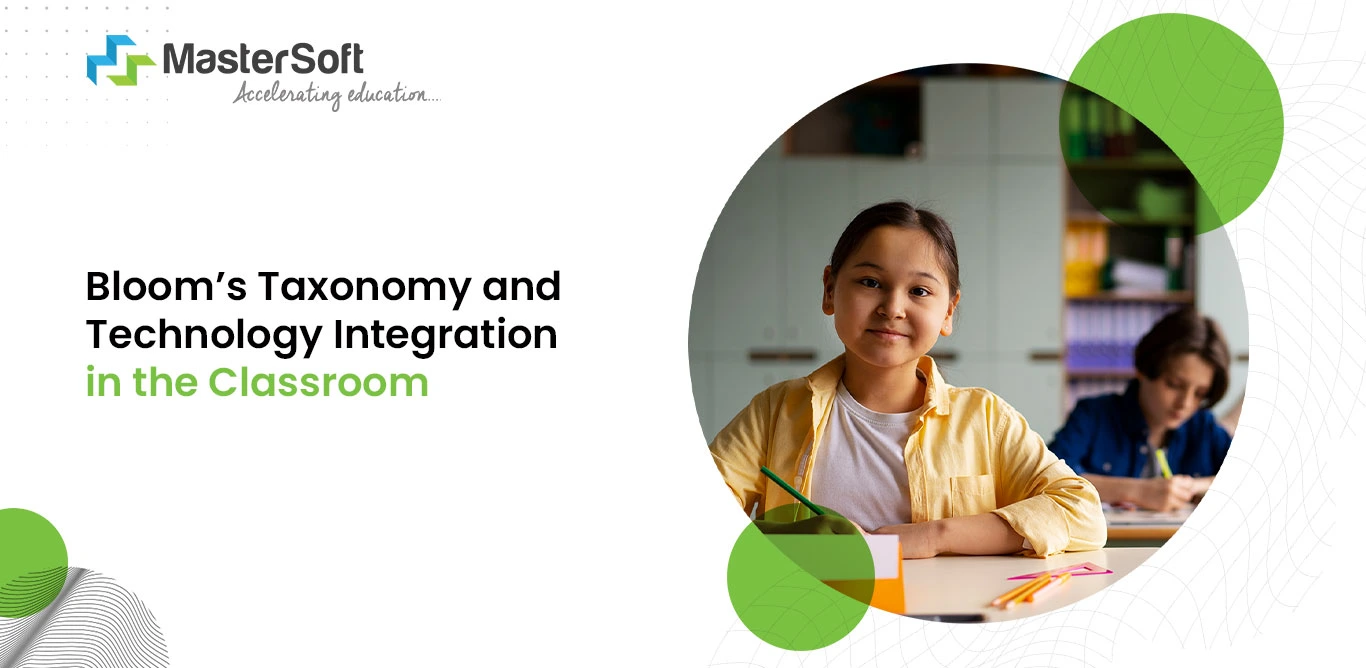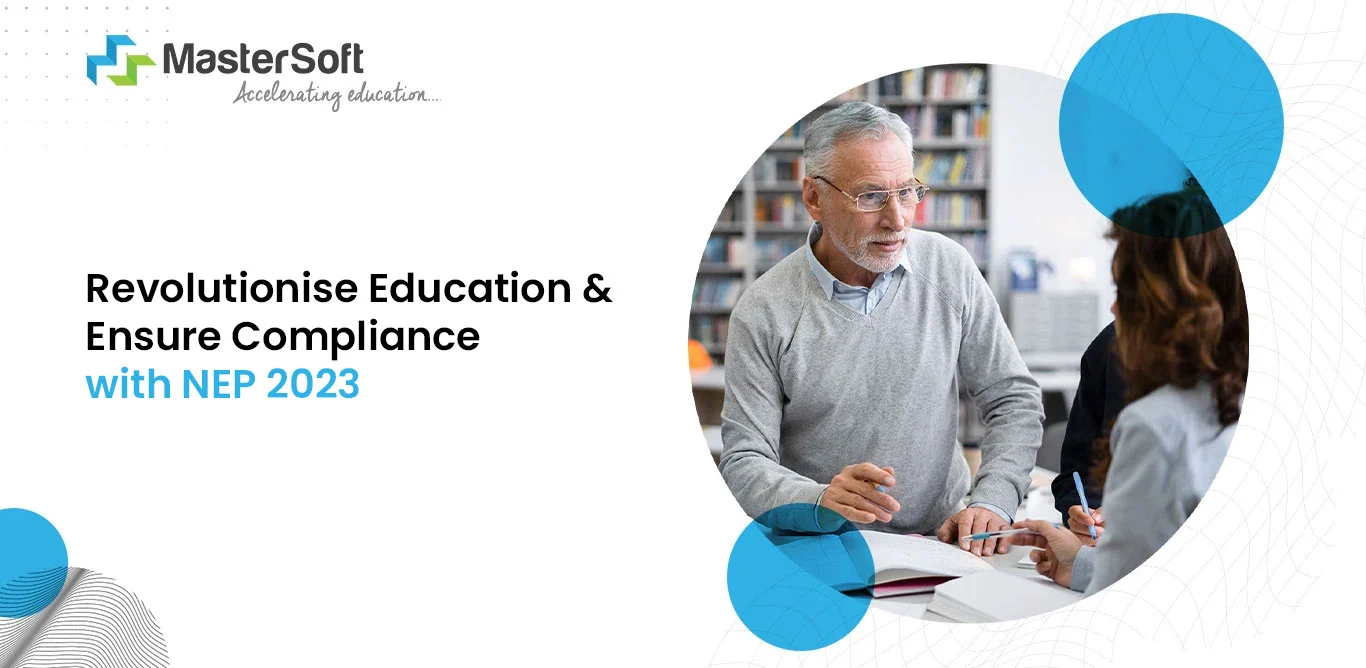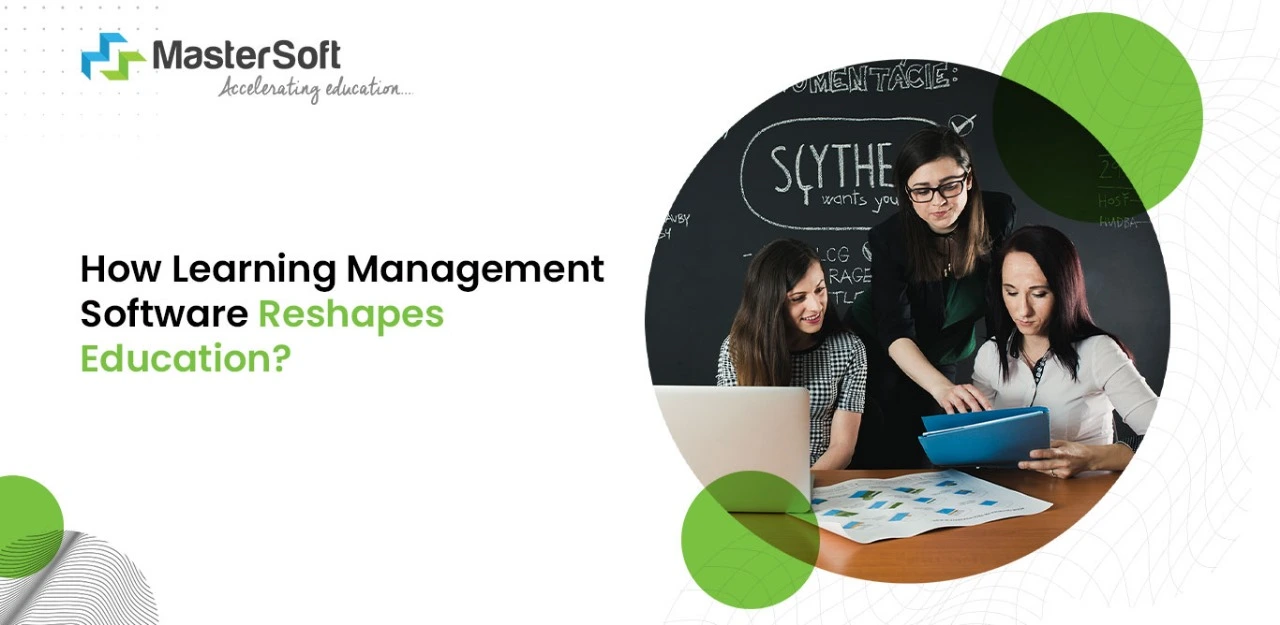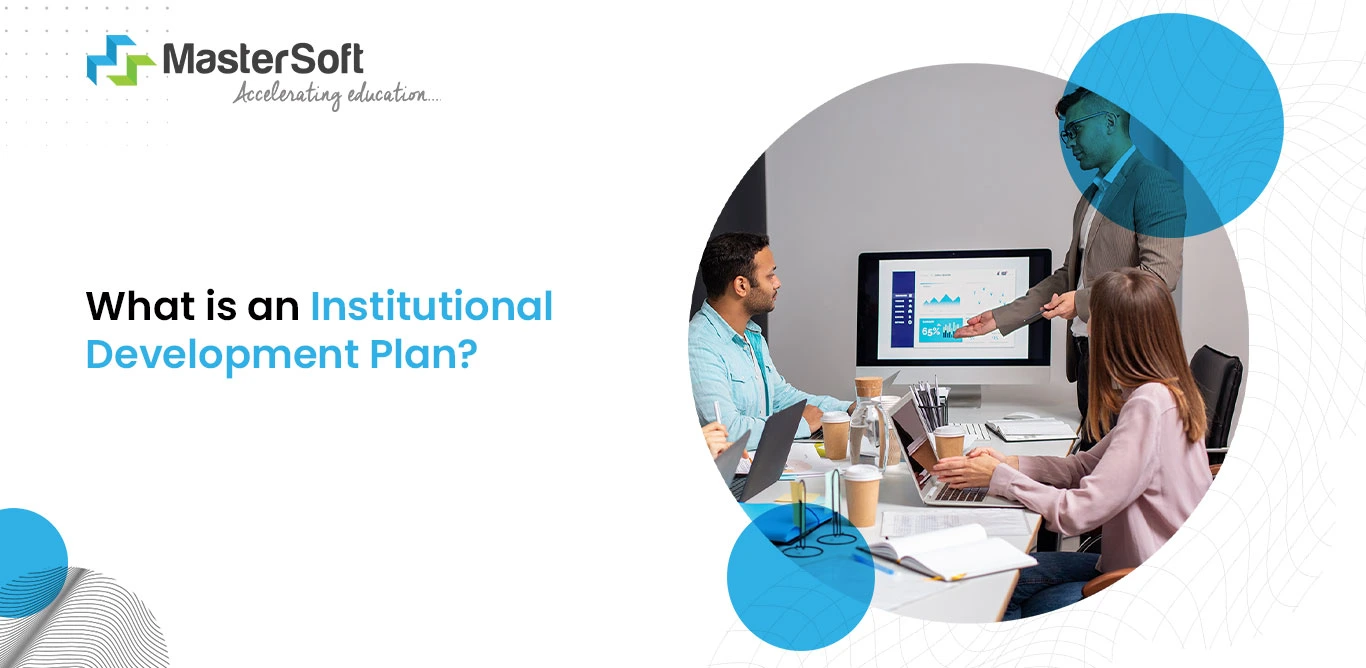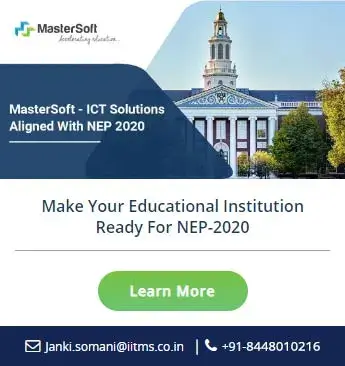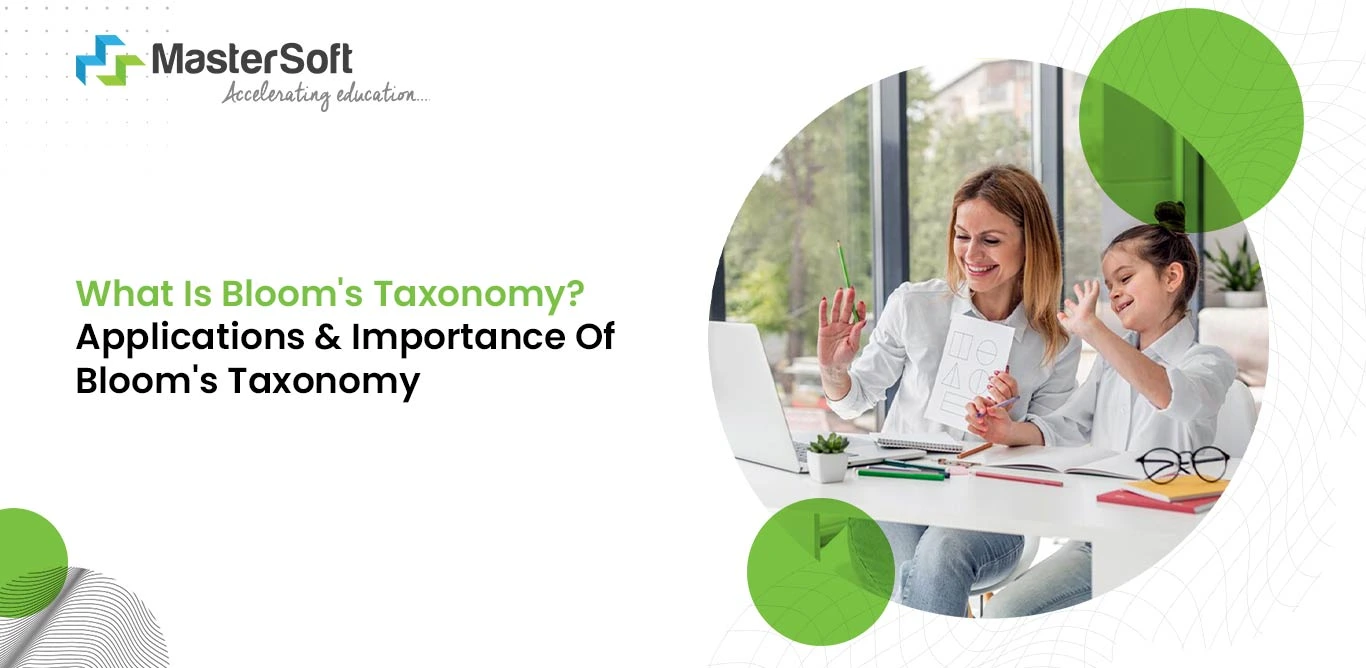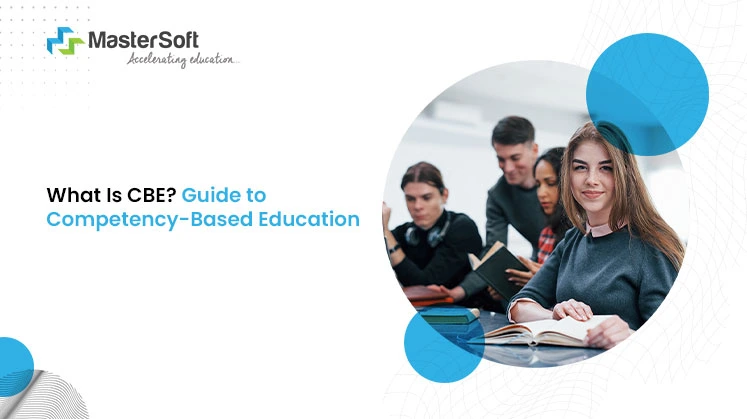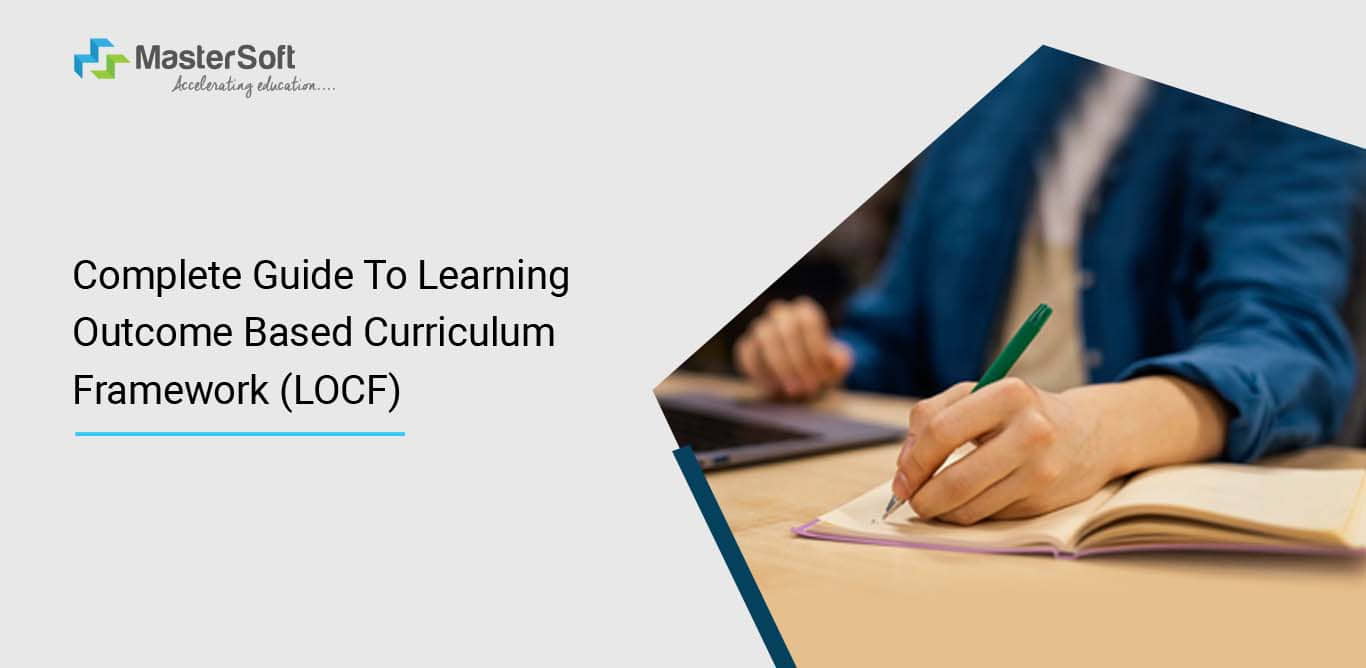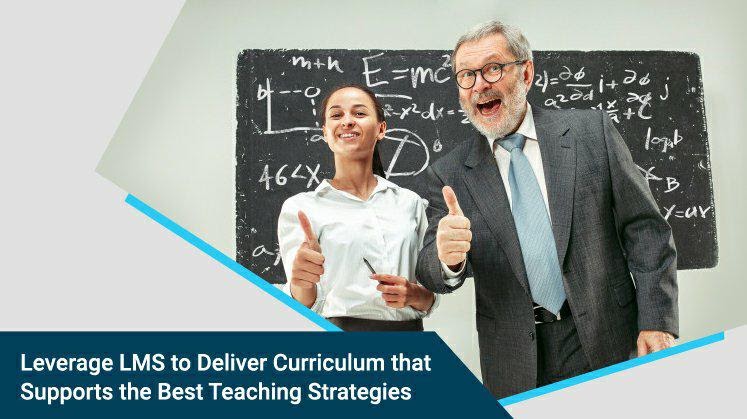25, Jan 2024
Which instructional methodologies are the most productive? Which activities should the teacher incorporate as part of classroom sessions? How do you conduct a curriculum review and assess its relevance to the learning gaps?
These questions are significant in determining whether or not the pedagogies that teachers implement are effective. Furthermore, they require a framework like Bloom’s taxonomy to develop effective learning plans and assessments.
Also, given the fact that technology has become a crucial part of the educational process, it is essential to integrate it into the teaching and learning process.
What is Bloom’s Taxonomy?
Bloom’s taxonomy is a pedagogical framework that classifies different levels of human cognition (thinking, learning, and understanding). It provides a well-structured system that enables teachers to assess students as they progress through different learning levels.
Furthermore, Benjamin Bloom published the original framework in collaboration with Max Englehart, Edward Furst, Walter Hill, and David Krathwohl in 1956. It underwent a final revision in 2001 when David Krahwohl and Lorin Anderson made some necessary changes.
However, the educational system evolved with time, and new learning requirements came to light. So, the relevance of the framework in the current scenario is an important point of discussion, especially in the context of technology.
Is it possible to facilitate Bloom’s taxonomy and technology integration in the classroom? If yes? How?
What Is Bloom's Taxonomy? Applications & Importance Of Bloom's Taxonomy
Integrating Technology Within Bloom’s Taxonomy
The first and foremost factor to consider and remember is that technology is not meant to replace teachers. Teachers will continue to play a critical role in the educational process, while technology will assist in attaining learning outcomes.
Secondly, teachers need to plan activities according to the different levels of pedagogy and use the learning tools and solutions accordingly. In fact, that is where Bloom’s digital taxonomy proves to be immensely helpful.
It provides guidance to instructors in terms of utilising technological tools and solutions in the best way to facilitate effective learning. Furthermore, they can implement appropriate activities that align with the respective levels of the framework.
Remember
‘’Remember’’ is the lowest stage in the framework and relates to the ability to recall facts, dates, concepts, persons, places, and patterns. Besides, the cognitive processes included in this are as follows:
- Recognising: It indicates the act of locating facts, concepts, and meanings in long-term memory that concern a particular material. For example, recognising dates and days of significant events.
- Recalling: It indicates obtaining information from long-term memory about particular events and incidents.
Therefore, teachers can assign in-class activities or home tasks that require students to recall information based on their prior knowledge. For instance, they can include questions such as
- When did Christopher Columbus discover America?
- Recognise the formula of sodium bicarbonate.
Action verbs are crucial for the application of this framework, so teachers can use action verbs such as highlight, google, recall, identify, highlight, search, recite, recognise, locate, list, etc.
Understand
This level relates to the student’s ability to comprehend a concept, and at this point, teachers might ask about the learner’s subjective understanding. In fact, it includes various processes ranging from interpreting, exemplifying, classifying, etc.
Teachers can use video conferencing tools to conduct online discussions and enable students to engage in interactive sessions. On the other hand, they can provide assignments that require students to specify an example of a concept or principle.
They can also determine the category of a mental disorder or planetary bodies. Also, the most effective action verbs for this level are: annotate, classify, categorise, demonstrate, describe, express, exemplify, paraphrase, etc.
Apply
This is a vital stage of the learning process and pedagogy wherein students apply the learned facts and concepts in practical situations. Also, a critical aspect of this stage relates to the student's ability to apply a particular procedure to a familiar task.
On the other hand, it also includes implementing a procedure for an unfamiliar task. Hence, teachers can encourage students to use online tools to make models, presentations, diagrams, etc.
Action verbs: compute, demonstrate, determine, display, execute, implement, explain, choose, collect, contrast, operate, etc.
Analyse
At this level, students demonstrate their ability to break down concepts and determine their relationships. For instance, learners find the hypothesis, data, method, and conclusion of a particular research report.
At the same time, they might also try to distinguish between the narrator’s point of view and their own perspective about an essay or story. Hence, they can use tools for mind mapping, surveying, linking, etc.
Action verbs: break down, classify, illustrate, distinguish, contrast, deduce, categorise, organise, explain, outline, estimate, etc.
Evaluate
Using knowledge and skill to justify one’s stand and perspective or differ from another’s point of view is central to the evaluation stage. Furthermore, it relates to pointing out the inconsistencies in arguments and highlighting the finest work in a field.
Also, activities in this stage focus on critiquing, checking, and making judgements based on standards and criteria. Therefore, students can use online resources, such as research papers and documentaries, to fact-check.
Action verbs: consider, critique, defend, grade, hypothesise, justify, moderate, conclude, consider, debate, reframe, revise, etc.
Create
This is the highest level in the pedagogy that relates to students combining patterns, facts, and ideas to create original or new work. Moreover, it involves them using information to formulate or develop unique solutions to problems.
In this stage, as in all the other parts of the framework, teachers must use active learning exercises. Besides, they can introduce various social issues and encourage students to find practical solutions.
Also, they can create a blueprint or action plan to remediate an alarming issue affecting socio-economic or cultural conditions.
Action verbs: develop, design, collaborate, compose, formulate, integrate, originate, plan, programme, roleplay, simulate, etc.
Strategy for Optimal Technological Integration
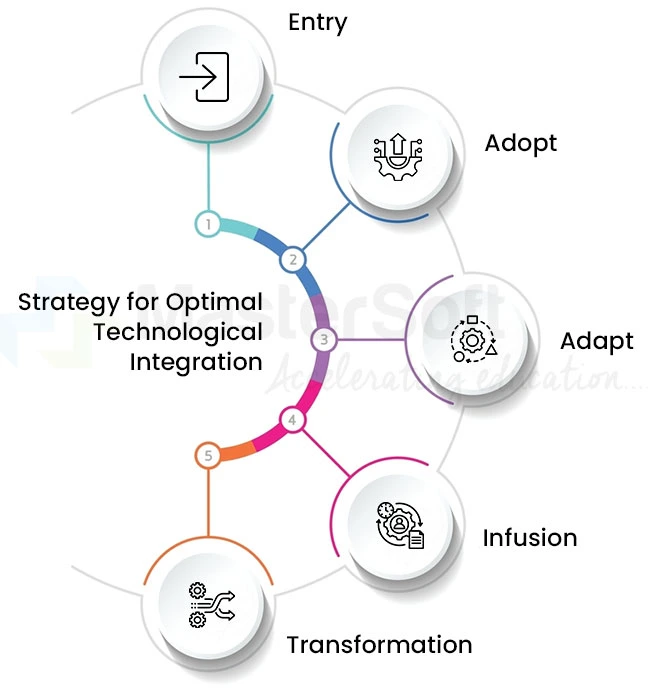
There are five components of technological integration that teachers can follow for fruitful learning experiences.
1. Entry
This is the first component, wherein teachers begin to use technology, like presentation slides, to explain a topic. They can also use in-class activities such as practicing typing speed and computer skills.
On the other hand, students can watch instructional videos or use a computer program.
2. Adopt
At the adoption level, teachers make informed decisions about which technology they can use and the best way to use it effectively. Also, they navigate the students through a project and provide direct instruction for technology use.
Besides, students have limited and regulated access to technology.
National Education Policy 2020 - Make Your Institute Ready For NEP-2020
3. Adapt
Technology becomes an integral part of the lesson, wherein students have the freedom to choose the technology tools. Furthermore, they have a greater sense of familiarity and conceptual understanding with appropriate tools than they had at the adoption level.
Therefore, they are able to work effectively by using the tools in various ways to enhance their learning process. For instance, they can use different assistive tools to investigate, research, and verify facts.
4. Infusion
Teachers infuse different tools and solutions seamlessly to facilitate enriched teaching and learning processes. The focus is on the optimal utilisation of appropriate tools to meet the student's needs.
Also, since students develop conceptual and procedural knowledge of technology tools, they can choose and explore their preferred tools.
5. Transformation
Flexible use of technological tools to attain specific learning outcomes is central to the transformation level. Furthermore, they use self-directed knowledge to use a combination of tools to achieve learning goals.
Technology is instrumental in carrying out higher-order learning activities in Bloom’s taxonomy at this stage. Also, the teacher serves as a guide, mentor, and facilitator for the optimal use of tools and solutions to further the educational objectives.
Five Crucial Factors for a Meaningful and Outcome-Based Learning Environment
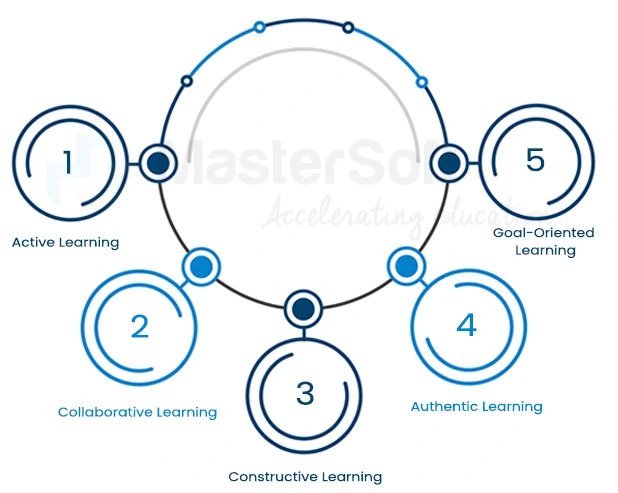
Active Learning
Receiving information and contributing little or nothing to the process is central to passive learning, which is not effective in the long run. Therefore, teachers must integrate a range of technologies to intersperse activities with the content.
Even in teacher-centred sessions, the focus should be on encouraging them to engage in different activities.
Collaborative Learning
Teachers must use technological solutions to facilitate or enhance students’ ability to work with peers, instructors, etc. However, successful collaborative learning does not occur overnight; hence, teachers can implement the following steps:
- Use scaffolding exercises.
- Conduct group activities that help teach social skills and establish a collaborative culture in the classroom.
- Once collaboration becomes a key aspect of the teaching-learning process, students will become adept at critical thinking and problem-solving.
Constructive Learning
As the instructional process evolves, it gradually shifts towards a student-centred learning environment. Besides, the teacher must act as a mentor and guide students to use technology to connect new information to their existing knowledge.
For instance, the teacher might share a concept map, which shows the relationship between prior knowledge and the new content. A few items on the map would already be completed, and the students need to complete the remaining items.
Overcoming Challenges In Indian Higher Education
Authentic Learning
Taking learning beyond conventional classroom teaching and learning sessions is key to authentic learning. Therefore, teachers must use a pedagogy that helps teach skills and concepts relevant to the real-world context.
That is where they can use digital technology such as simulations, enabling students to get real-world experience about events, places, etc. Additionally, home tasks and classwork must also include questions that encourage students to think critically and find relevant, practical answers.
Goal-Oriented Learning
Technology so far has helped to improve instructional approaches; however, teachers must use it to support students’ goals. Besides, when students use technology to improve their learning, they succeed in using their knowledge in new situations.
Moreover, the emphasis of goal-oriented learning is on setting goals, planning activities, monitoring progress, evaluating results, and reflecting upon learning.
Final Thoughts,
Bloom’s taxonomy is one of the most effective pedagogical frameworks that classifes learning objectives according to the different cognition levels. Using appropriate technological tools is the key to attaining learning outcomes.
Also, digital solutions help to create an engaging learning environment, enabling students to collaborate and explore.
Redefine the ways of teaching and learning in your institute using Bloom’s Taxonomy
Mobile: 08448010216
Email:info@mastersofterp.com

